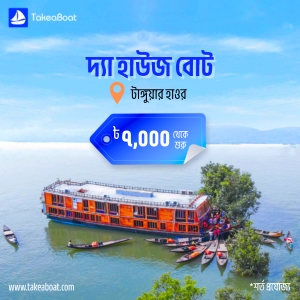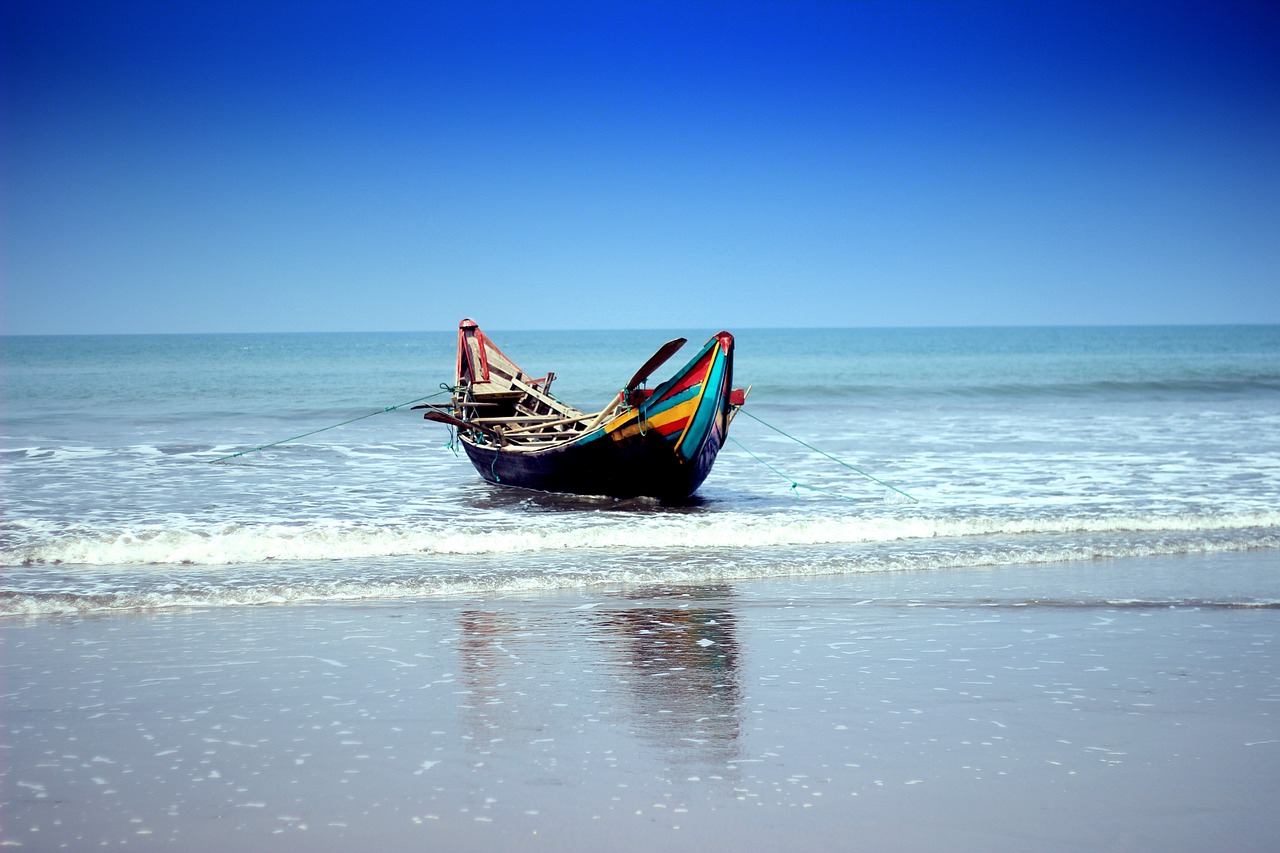What to know before visiting Cox's Bazar
Cox’s Bazar: Where the Beach Meets Your Soul
A Beach Like No Other
Imagine standing on a beach so vast that it feels like it stretches forever. That’s Cox’s Bazar for you—the world’s longest natural beach, a 120-kilometer ribbon of golden sand kissed by the waves of the Bay of Bengal. Unlike other beaches you’ve seen, Cox’s Bazar is uninterrupted, unspoiled, and utterly magical.
What makes it special? It’s not just the length—it’s the way it makes you feel. The soft sand under your feet, the salty breeze on your face, and the endless horizon that seems to merge with the sky. Whether you’re here to relax, explore, or just escape, Cox’s Bazar has a way of slowing time and connecting you with nature.
Sunsets That Feel Like Magic
If you’ve ever wondered where the sun goes at the end of the day, Cox’s Bazar has the answer. The sunsets here aren’t just beautiful—they’re therapeutic. As the sun dips below the horizon, the sky bursts into shades of orange, pink, and gold, painting a picture so vivid it feels like it’s just for you.
Locals and travelers gather on the beach every evening, sitting quietly or snapping photos, but everyone shares the same sense of awe. It’s a moment that makes you pause, breathe, and appreciate the simple beauty of life.
Seafood That Tells a Story
Cox’s Bazar isn’t just a feast for the eyes—it’s a feast for the stomach too. The fishermen here wake up before dawn, cast their nets into the sea, and bring back treasures: fresh prawns, crabs, and fish that end up on your plate.
Picture this: sitting at a beachside restaurant, a plate of Rupchanda Fry (golden fried pomfret) or Prawn Malai Curry (creamy and aromatic) in front of you, the sound of the waves in the background. Every bite is a taste of the ocean, seasoned with local spices and love.
Serenity That Heals
Life can be hectic, but Cox’s Bazar has a way of melting your stress away. The beach is peaceful, the crowds are minimal, and the vibe is chill. Walk barefoot along the shore, let the waves tickle your toes, or simply sit and watch the world go by. There’s no rush here—just you, the beach, and the endless blue.
Hidden Gems Beyond the Beach
While the beach is the star, Cox’s Bazar has more to offer if you’re willing to explore:
- Himchari National Park: A short drive from the town, this lush park is perfect for hiking, picnicking, and chasing waterfalls.
- Inani Beach: Known for its unique coral stones and crystal-clear waters, it’s a quieter alternative to the main beach.
- Saint Martin’s Island: Take a boat ride to this tiny coral island, where the beaches are pristine, and the marine life is vibrant.
- Cox’s Bazar Lighthouse: Climb to the top for stunning views of the coastline and a glimpse into the region’s maritime history.
A Glimpse into Local Life
Cox’s Bazar isn’t just a tourist destination—it’s a thriving community. The Rakhine people, an indigenous group, call this place home. Visit their villages to see traditional crafts like bamboo weaving or stop by local markets for handmade souvenirs.
The locals are warm and welcoming, always ready to share a smile or a story. Strike up a conversation, and you might just learn something new about the culture and history of this beautiful place.
When to Visit and What to Know
The best time to visit Cox’s Bazar is from November to March, when the weather is cool and pleasant. Monsoon season (June to September) can be rainy, so plan accordingly.
Getting here is easy:
- Fly to Cox’s Bazar Airport from Dhaka (just a 1-hour flight).
- Drive or take a bus from Dhaka (around 10-12 hours).
- Train to Chittagong, then take a bus or taxi to Cox’s Bazar.
Pro Tips for Your Trip
- Stay at a beachfront hotel or resort for the best views.
- Try bargaining at local markets for souvenirs like bamboo crafts or handmade jewelry.
- Respect the local culture—dress modestly when visiting villages or religious sites.
Why Cox’s Bazar Stays With You
Cox’s Bazar isn’t just a place—it’s an emotion. It’s the feeling of sand between your toes, the taste of fresh seafood on your tongue, and the sight of a sunset that takes your breath away. It’s the sound of waves lulling you to sleep and the warmth of the locals who make you feel at home.
When you leave, you’ll take a piece of Cox’s Bazar with you—a sense of calm, a memory of beauty, and a longing to return.





